If you enjoy science fiction, then the thought of colonizing the moon likely brings back memories of a range of imaginative stories. There’s a good possibility that lunar cities could be a reality within the 21st century! The idea of colonizing Mars has also been considred.
Currently, one of the biggest issues with the idea of a moon colony is how supplies would be built. The only place you could get supplies right now is Earth. This would be done with a space shuttle acting like a truck, although using a space shuttle in this way would be extremely expensive and not very efficient.
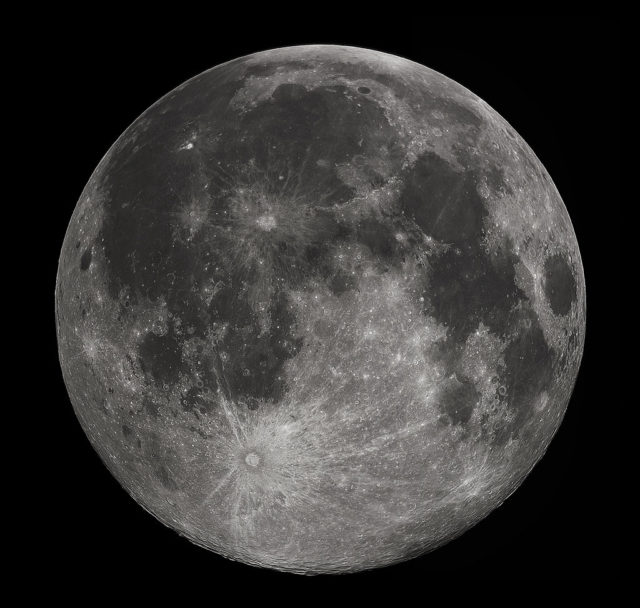
Asteroids might be a better resource for acquiring supplies. Evidence has suggested that there are trillions of dollars’ worth of metal and mineral resources buried in asteroids. Several scientists have been led to believe that an asteroid mining mission could easily be done. At the moment, there are many international organizations processing plans for pulling out these natural space resources.
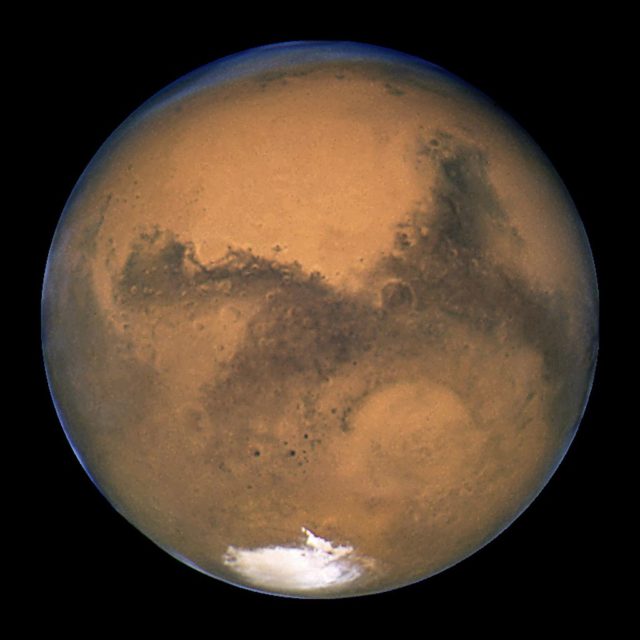
Tens of thousands of asteroids circle the sun. The majority of them are inside the asteroid belt, which is situated in the middle of the orbits of Mars and Jupiter. Even so, there are asteroids that are moving away aimlessly from that orbit, flying closer to Earth on occasion.
You have most likely heard about the possibilities of these asteroids crashing into Earth in the future. Scientists actually think that asteroids are materials left over from the early formations of the solar system. Asteroids could even be debris from the destruction of planets.
Most asteroids fit into three basic categories:
M-type
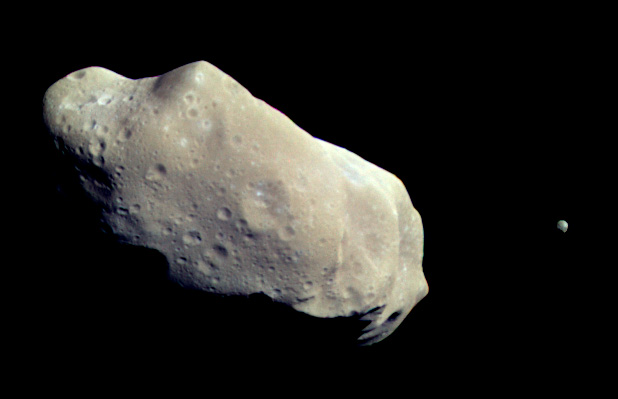
This is a small number of asteroids that have iron and nickel.
S-type
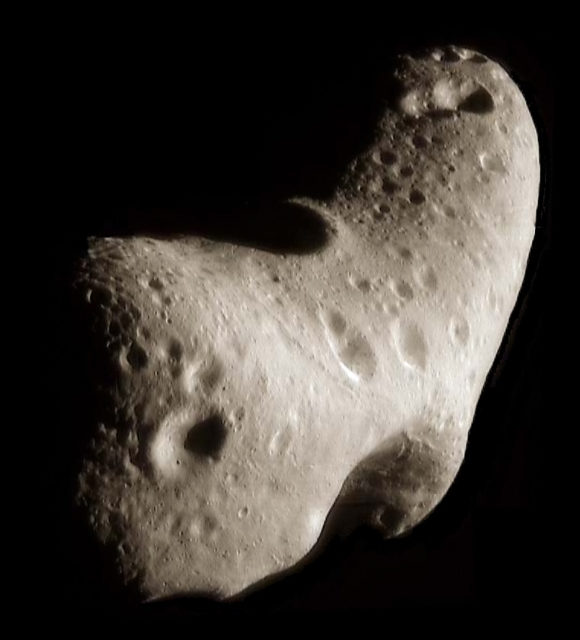
Includes 17 percent of asteroids. These have deposits of magnesium, iron, and nickel.
C-type

Over 75 percent of known asteroids go into this category. The C-type asteroids have a composition similar to that of the sun, but they don’t have helium, hydrogen, and other volatiles.
A human crew hasn’t been able to land on an asteroid to complete a full-scale study of the asteroid’s composition. Yet, scientists have formed other methods of finding out what resources an asteroid will contain. To accomplish this, astronomers use telescopic spectroscopy. This examines light that is reflected from the asteroid’s surface. Scientists believe in addition to having magnesium, nickle, and iron some asteroidsmay contain platinum, gold, oxygen, and water.
In order for a colony to survive in space, the inhabitants have to be able to acquire a sustainable environment. Among the requirements are food, shelter, and, above all, water. Without water there is no way to move forward with the exploration of space for humans. However it is possible for water to be broken down into oxygen and hydrogen to develop rocket engine propellant. The metal ore that exists on asteroids can be mined and then used for constructing spacecraft and other structures needed for a space colony.
The exploration of space might not be an incentive for corporations to invest in, but the treasures that could be found and brought back to Earth from a space mining operation may. A NASA report estimates that the wealth of minerals in asteroids may surpass $100 billion for each of the six billion people who live on Earth. John S. Lewis, the author of the space mining book titled Mining the Sky, has stated that an asteroid that has a diameter of one kilometer would have the mass of around two billion tons. There could possibly be one million asteroids of this magnitude in the solar system. According to Lewis, inside just one of these asteroids could be 7,500 tons of platinum, 1.5 trillion tons of cobalt and metal, and 30 million tons of nickel. The platinum by itself would have a value of over $150 billion.
Asteroids have a surprising potential for the industry, even considering what we would have to do to land on an asteroid and find valuable materials. Yet how would these be extracted and processed?
In this next section, you will learn how asteroid mining operations may supply the Earth and colonies located on other planets with plenty of materials.
Processing and Extraction
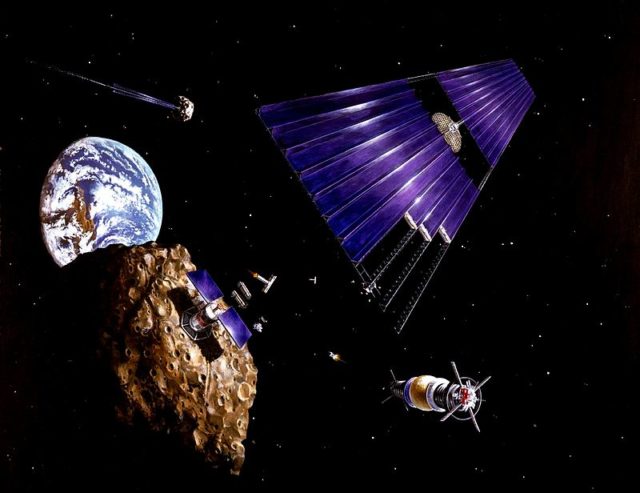
The development of a mining operation on an asteroid would be simple economics. The building of an asteroid mine will cost billions of dollars, but cheaper than conveying supplies from Earth’s surface to the moon or Mars. It would be necessary to send supplies to the asteroid for the mining and crew upkeep, and the machinery to dig up the material needed.
Being able to land on an asteroid could be possible with the development of a new spacecraft. After all, we’ve already accomplished a landing on the moon, and some close to earth asteroids. With this short distance, it would mean that less fuel and rocket power would be required to get to the asteroid.
One of the problems we would face is keeping the asteroid from rotating while being mined. Plans have been formulated for attaching rockets to the asteroid to stop the spinning. But when the miners land on the asteroid, how would they remove the materials and transport them to Earth or a space colony?
No one is really sure what the first asteroid mine will look like, but here are some good assumptions:
- The machinery will most likely be powered by solar energy; this will reduce the demand for fuel that would have to be transported to the asteroid by a spacecraft.
- The equipment will need to be lightweight for it to be transported to the asteroid.
- Lewis and other experts are in favor of using robotic equipment to limit needed personnel to carry out the mining task. This would reduce the amount of supplies such as food that would be needed for a human crew mission.
- The mining techniques used on Earth will be similar to those used on asteroids. The method most likely used would be to scrape the desired material off the asteroid, and then tunnel into the veins of the specific substances. Strip mining, or scraping, will expose the valuable ore that will float off of the asteroid.
- Because much of the ore will float off, a big canopy may be used to gather it.
- Asteroids have almost no gravity, so the equipment for mining, and also the astronauts who operate the machinery, will have to use grapples to anchor themselves down. Nevertheless, the lack of gravity will be an advantage to moving the mined material around without using much power.
- When a cargo of material is ready to be sent either to a space colony or Earth, rocket fuel for a spacecraft could be made by breaking down water from the asteroid. Water can be broken down into oxygen and hydrogen.
- After the minerals and resources have been exhausted on the asteroid by the mining project, the equipment will be able to be transported to the next asteroid.
We have another interesting read for you: Margaret Hamilton – Her code got man on the moon
Because of the lack of gravity and atmosphere, transporting the mined materials to the moon should be easy. Once there, they can be changed and formed into actual structures!
